Many pig farms closed
Dong Nai is known as the "capital" of pig farming in the country with nearly 2.5 million pigs from 3,000 farms and households. Currently, many people have decided to temporarily stop raising pigs, causing the number of pigs to decrease by 8.22% compared to the same period in 2022. Notably, Thong Nhat district has about 1,000 contract pig farms that have had to close, with only 7 farms still keeping pigs.
Farmer Nguyen Van Trung (Lo 25 commune, Thong Nhat district) said that traders are buying pigs at 51,000-54,000 VND/kg, 6,000-7,000 VND/kg lower than 2 months ago. Since the beginning of the year, feed prices have continuously increased, each pig sold on the market loses 1 million VND, so his family and many small-scale farmers have abandoned their farms. Meanwhile, Mr. Nguyen Van Thang (owner of a pig farm in Tan An commune, Vinh Cuu district) said that since the beginning of the year, pig feed prices have continuously increased, while pig prices are low, resulting in a loss of 600,000-1,000,000 VND/pig.
The same situation is happening to small-scale livestock farms in Tay Ninh. Mr. Nguyen Dinh H. (residing in Tan Hoi commune, Tan Chau district) said that his family is preparing to clean the barns to restock, serving the year-end market, but the cost of buying all kinds of breeding animals (pigs, chickens, ducks) has increased, making investment difficult. Many households do not restock because they are worried that the selling price during Tet will not improve much compared to now, causing losses.
Mr. Le Xuan Huy, Deputy General Director of CP Vietnam Livestock Company, said that the company is currently reducing the number of pigs because some associated farms have not met environmental standards, so they have temporarily stopped raising pigs. According to experience, every rainy season, African swine fever breaks out. The cause may be that the virus spreads from water flowing from one farm to another. Farmers also get infected with rainwater from the street, or use the water to bathe pigs. With the current price situation, pig farmers are losing money, so they are not bold enough to re-herd. In general, the unit's pig herd output is still guaranteed to supply for the Lunar New Year 2024 as planned.
According to the Dong Nai Provincial Veterinary Department, the pig herd has decreased due to high feed prices and pork prices below production costs. In addition, many businesses have no orders and have had to temporarily stop production or reduce production scale, closing collective kitchens, so pork consumption is slow. African swine fever is returning, so farmers are also considering restocking. Meanwhile, some districts with large pig herds such as Thong Nhat and Xuan Loc have reviewed pig breeding areas and resolutely relocated households and farms, leading to a decrease in the total herd.
Mr. NGUYEN NGOC AN General Director of Vietnam Livestock Industry Corporation (Vissan):
Signing contracts with farms to supply enough for Tet The company's plan this year is the same as last year, on average during the peak days of Tet, it will supply the market with about 1,000-1,500 pigs/day. In addition, Vissan also signed contracts with farms and companies to supply enough quantity during Tet. In addition, this year's Tet market is forecast to have weak purchasing power, so there is no worry about pork shortage. On the other hand, due to the outbreak of African swine fever and its complicated developments, small farms have sold live pigs from 60-70kg to avoid losses, leading to low prices for live pigs. If the epidemic is stable, farms will re-herd to ensure supply, then prices will increase.
Concentrated livestock farming continues to restore herds
Meanwhile, also in Tay Ninh, some large-scale pig farms continue to repopulate their herds, such as Quynh Quoc pig farm (Ben Cau district) which is currently raising 600 sows, selling 1,000 pigs/month, Minh Thanh Tay Ninh Company (Tan Bien district), with a scale of selling 1,200 pigs/month. Mr. Nguyen Dinh Xuan, Director of the Department of Agriculture and Rural Development of Tay Ninh province, said that the total pig herd of the province is currently nearly 300,000 with about 40 large-scale farms and more than 100 small-scale households. Fluctuations in the price of animal feed and breeding animals only affect households, while for concentrated livestock enterprises, the impact is insignificant because they are long-term investments and often have a source of capital, so they will continue to invest to serve the market at peak times.
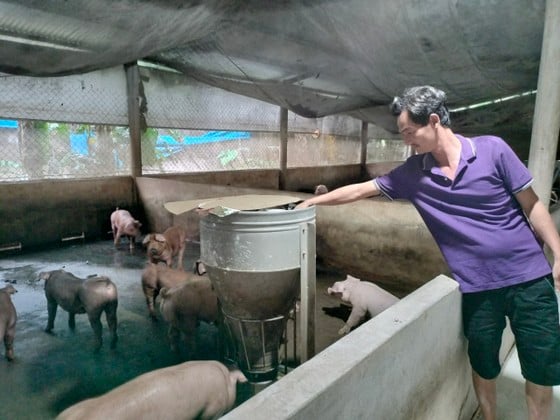 |
Mr. Vu Van Vinh (Song Trau commune, Trang Bom district, Dong Nai) does not dare to re-raise pigs because the price of feed is high and the price of live pigs has decreased. |
In some provinces in the Mekong Delta, livestock farmers are entering a period of promoting livestock and poultry herd restoration to meet the year-end consumer market. In Tien Giang province, in the first 9 months of 2023, pig farming increased by 3% over the same period last year, with a total herd of more than 290,000 pigs. Entering the peak of livestock farming to serve the 2024 Tet season, the number of pigs re-herded is forecast to continue to increase. According to the Department of Animal Husbandry and Veterinary Medicine of Tien Giang province, although the price of animal feed and veterinary medicine remains high, thanks to farmers continuing to apply biosafety procedures and good disease control, production costs have been reduced.
In Hau Giang province, Mr. Trinh Hung Cuong, Deputy Head of the Department of Animal Husbandry and Veterinary Medicine, commented: The livestock situation of farmers in Hau Giang in the last months of the year is very exciting. Currently, the total livestock herd has recovered to 145,000, reaching over 90% compared to the time before the outbreak of African swine fever. Local authorities have strengthened strict control of the disease situation in livestock and poultry, especially African swine fever, and continued to propagate and disseminate knowledge to help farmers achieve higher efficiency.
According to the Department of Animal Husbandry (Ministry of Agriculture and Rural Development), the time to produce a batch of pigs in our country takes about 5-6 months, the fastest is 4 months. In order to ensure meat for the Lunar New Year market, from now on, localities need to guide farmers and farm owners to restore pig herds. However, according to farm owners, the current difficulty is that pig prices are low, while the epidemic is at risk of recurring in many localities, causing farmers to hesitate to restore herds for fear of spreading the disease, some places have to sell off pigs, traders take advantage of the situation to force down prices, causing the risk of further price decreases. In recent days, pig prices in the 3 regions of the North - Central - South have all decreased quite sharply (about 2,000-3,000 VND/kg compared to a few days ago). Currently, the average price nationwide is around 51,000-52,000 VND/kg, the lowest price in many places is 48,000-49,000 VND/kg.
Meanwhile, Mr. Duong Tat Thang, Director of the Department of Animal Husbandry, affirmed that there will be no shortage of pork in the last months of 2023 and early 2024, because the total pig herd is currently nearly 27 million. As of the end of September 2023, the country's live pig output reached over 3.63 million tons, an increase of 6.8% over the same period last year. Vietnam has participated in many free trade agreements with import and export tax rates committed to gradually decrease to 0%. Therefore, when market prices increase, businesses will import. According to statistics from the General Department of Customs, in August, businesses imported 12,200 tons of fresh, chilled or frozen pork, worth 30.49 million USD, an increase of 29.2% in volume and 55.6% in value over the same period. This is the fourth consecutive month in 2023 that imported pork volume has increased compared to the same period in 2022.
PHUC VAN
Source








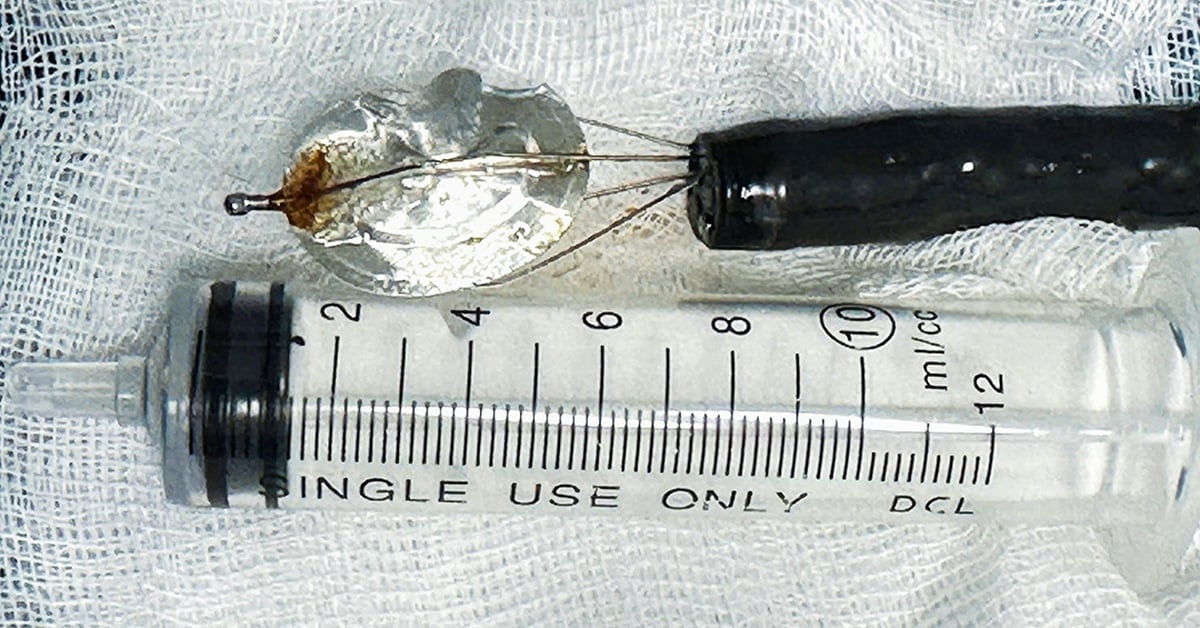





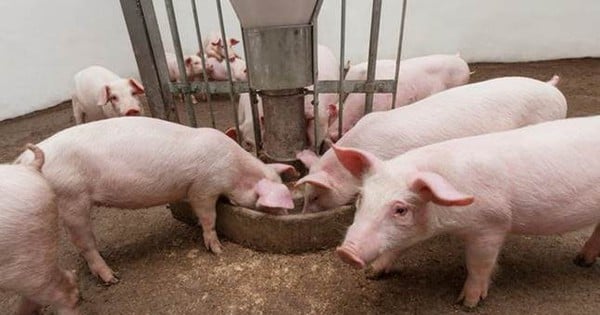






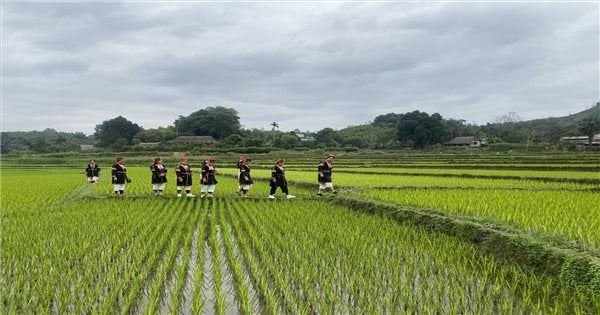

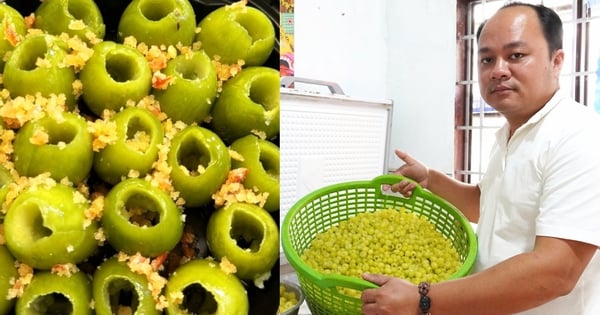
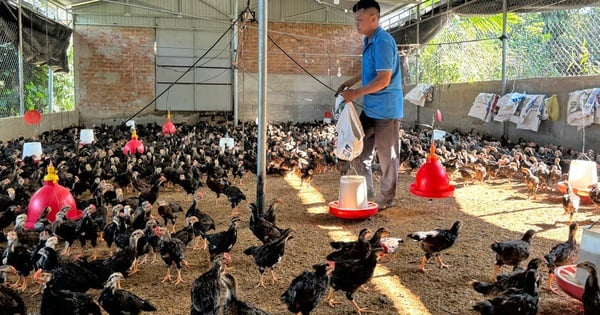

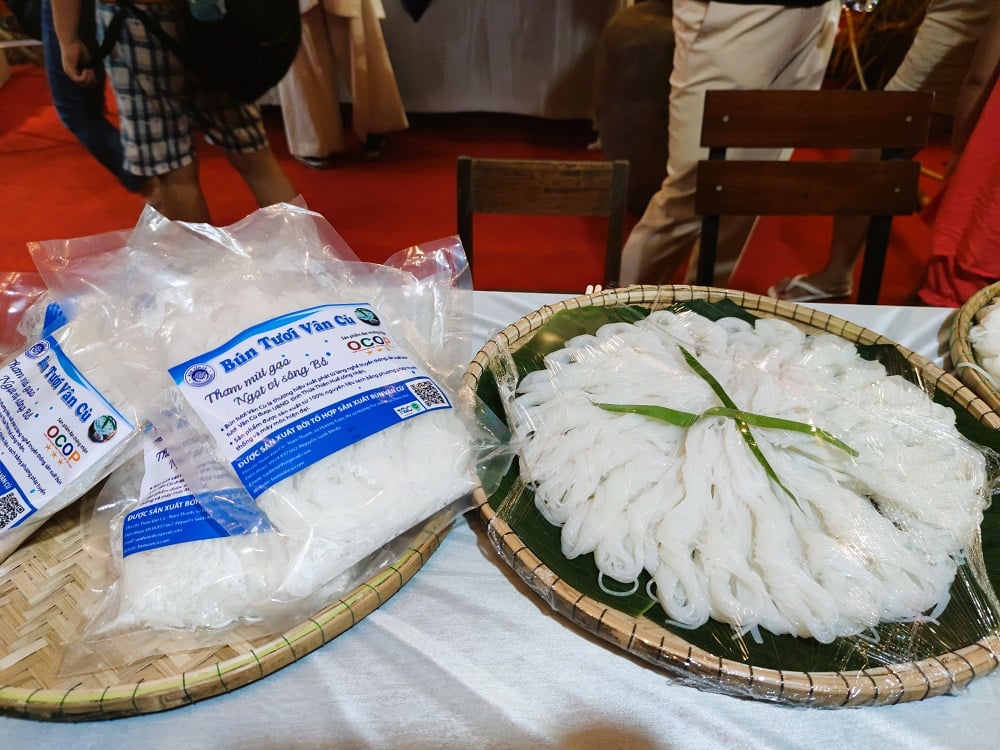



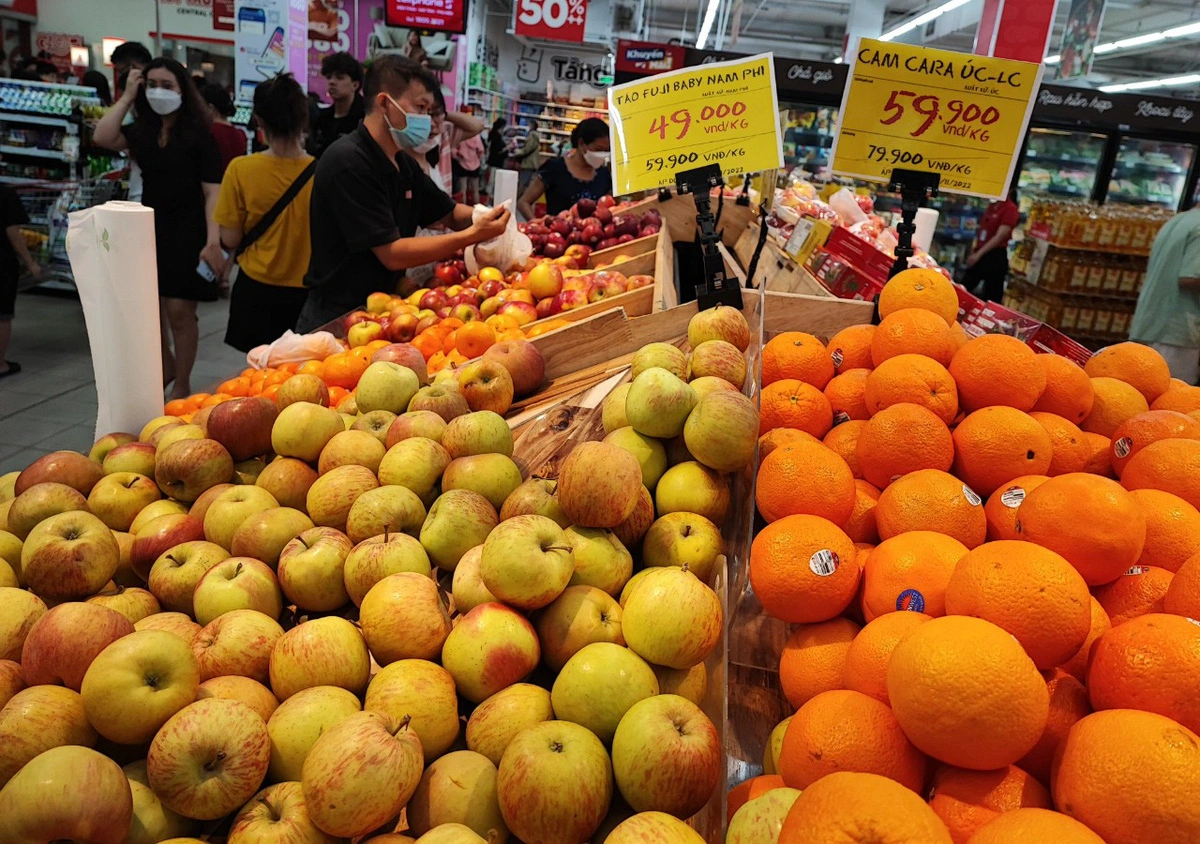














Comment (0)